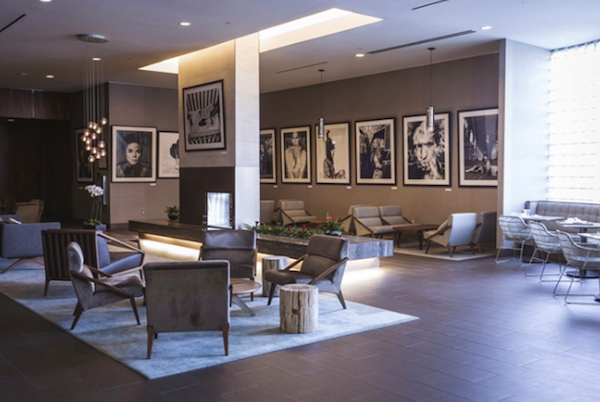
By Peter Blachley
When you first step into a hotel, you are immediately impacted by its surroundings. From the very first look at the hotel lobby to the front desk, up the elevators, to your room, and beyond, you can instantly determine whether or not the property is well-designed, put together, and luxurious.
The expression “the eye of the beholder” is always at play in the art and design world because we gain awareness of things through our senses. When it comes to adding design elements to a hotel property, specifically, visitors and guests want to feel the influences of the surrounding areas and the coziness of their own homes, while still reaping the benefits of the excitement that comes from traveling.
From furniture to paint and beyond, design in commercial and hotel properties is critical and when it comes to the stand-out visual aspects such as artwork and photography, designers and owners should look for pieces that have a connection to the people who pass through or the aspects that make the area (city, state, etc.) special. More specifically, interior designers for these kinds of projects should look to photography that is based on authenticity and elicits an emotional reaction with the hotel’s guests. This can be as simple as choosing the right color palette to go with the surrounding furnishings or as complex as an avant-garde piece by a legendary artist who is from the same location as the hotel or property.
Furthermore, art in commercial and hotel properties is very subjective. Meaning, it needs to fit a particular design idea and audience who will use the property. For example, if the location is in a city’s historic district known for musical events or history than the art and photography should celebrate that culture.
In regards to the actual design process and planning phase, when designers work on their next hotel project, they should find a gallery or art supplier that will work in conjunction with them to understand their specific needs and what they want to communicate with their ideas. The first thing a gallery and supplier should do is look at the proposed space requirements. In most cases, photography should be scaled to fit the spaces. It is important to look at how people interact with the space as well. Is it a large lobby, office space, conference room or atrium area or lower ceilings and hallways? You should always take into consideration the function of these spaces. Once you have chosen the art, the prints should be matted and framed using high museum quality materials which will protect the prints and their longevity. Non-reflective options for the glass or plexiglass is always recommended as well.
All of these design details should be well-thought out and planned in conjunction with property location, surroundings, frequent visitors, and more. Ultimately, it’s the emotional and authentic connection that truly makes an impact on hotel interiors. Images can be an unforgettable experience.


